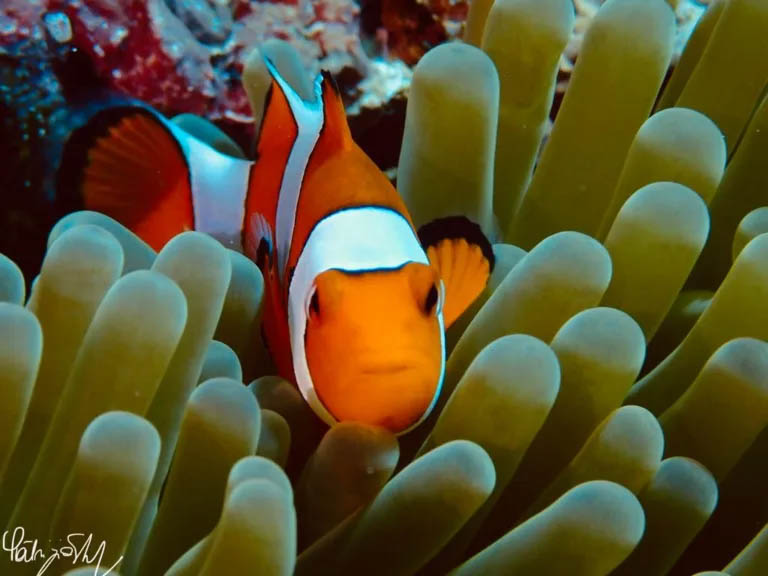Everyone knows “Finding Nemo”. I cannot believe that you have not watched it yet! If not, go to watch it before reading on!
However, after the movie became famous, many kids wanted to go to the animal shop to buy clownfish and surgeon fish, I believe it also helped many children (adults as well) to get closer to the amazing underwater world (fish are friends, not food!), but in the first movie there is a scientific mistake!
Now, kids to bed, we must talk about the male-to-female sex change in clownfish.
In these species of vertebrate, females are dominant and the bigger the female is, the more eggs she can make (as long as she is healthy). One more advantage is that older and bigger females can release eggs over a longer spawning period and therefore they have the potential to contribute significantly more to future generations than a small female.
When male clownfish are young they go around to look for a new home (an anemone, anthozoan coelenterates with a polypoid body with oral rings of stinging tentacles, you better don’t touch one of them!): when they are adult they are seen by local clownfish of a certain anemone as a threat, and it is difficult for a new male to be accepted in an already-occupied anemone, but when clownfish are young they are just so cute and harmless that they can be accepted. Once accepted in the anemone by the inhabitants, that one will be the new home for the clownfish.
Normally there are up to six adults living around the same anemone, but at the moment of the reproduction only the two largest individuals will mate: the only female with the largest male. The females lay eggs and the males fertilize them. Even a small male has enough sperm to fertilize all the female’s eggs. During the fertilization, the anemone protects the couple by predators with the singing tentacles. The interaction of anemones and clownfish is an example of a mutualistic relationship, in which the anemone protects the clownfish against predators, while the clownfish provides the anemone’s endosymbiotic zooxanthellae algae with excreted nutrients.
After the fertilization, the mother defends the nest, protecting it from predators, and the father takes care of the eggs. When the female dies, the male can change sex to female. Recently it has been discovered that the first thing that changes is the brain, in particular the part of the brain that controls the gonads reproductive parts (Logan et al., 2019). The next juvenile in line rises up and becomes the next male who is going to mate soon, ensuring the circle of life. There is no need for any clownfish to swim away of the anemone to find a partner…patience is everything!
Can you now find the mistake in Finding Nemo?!







